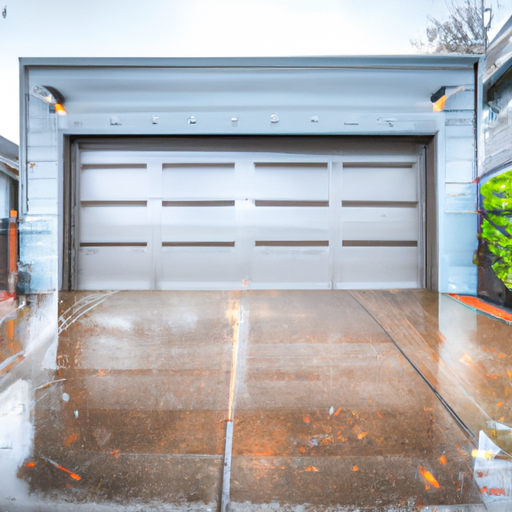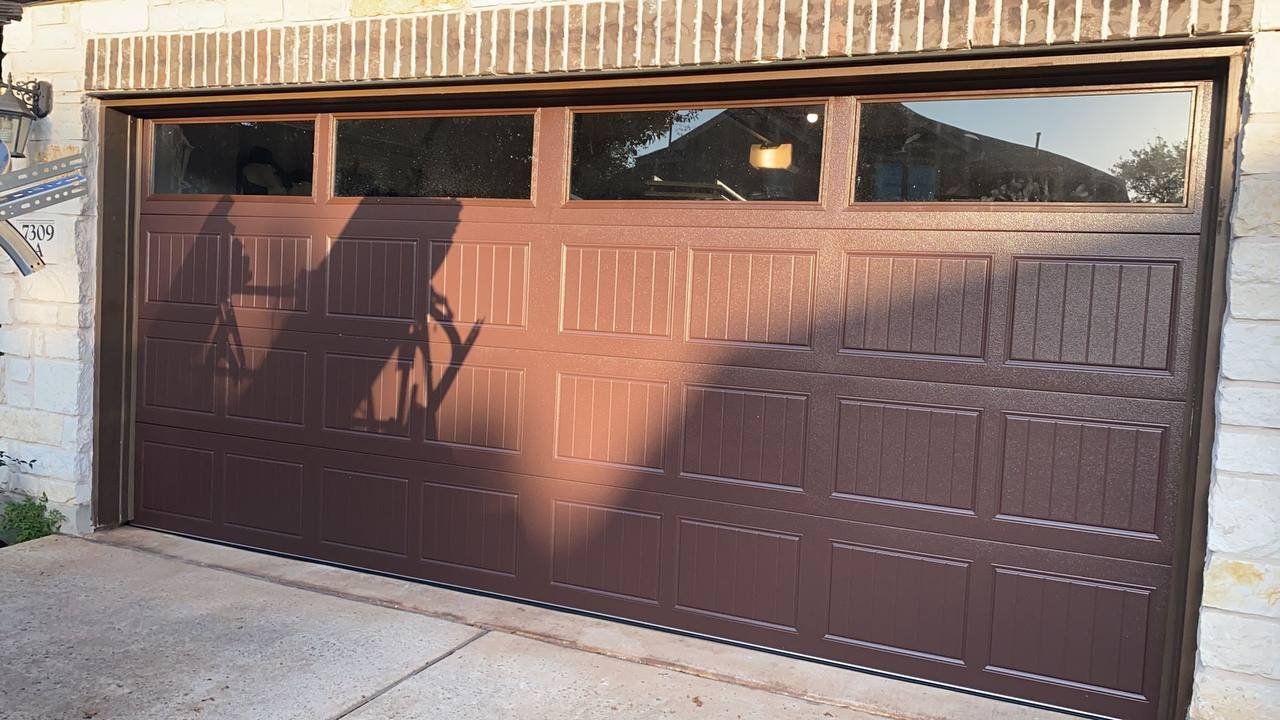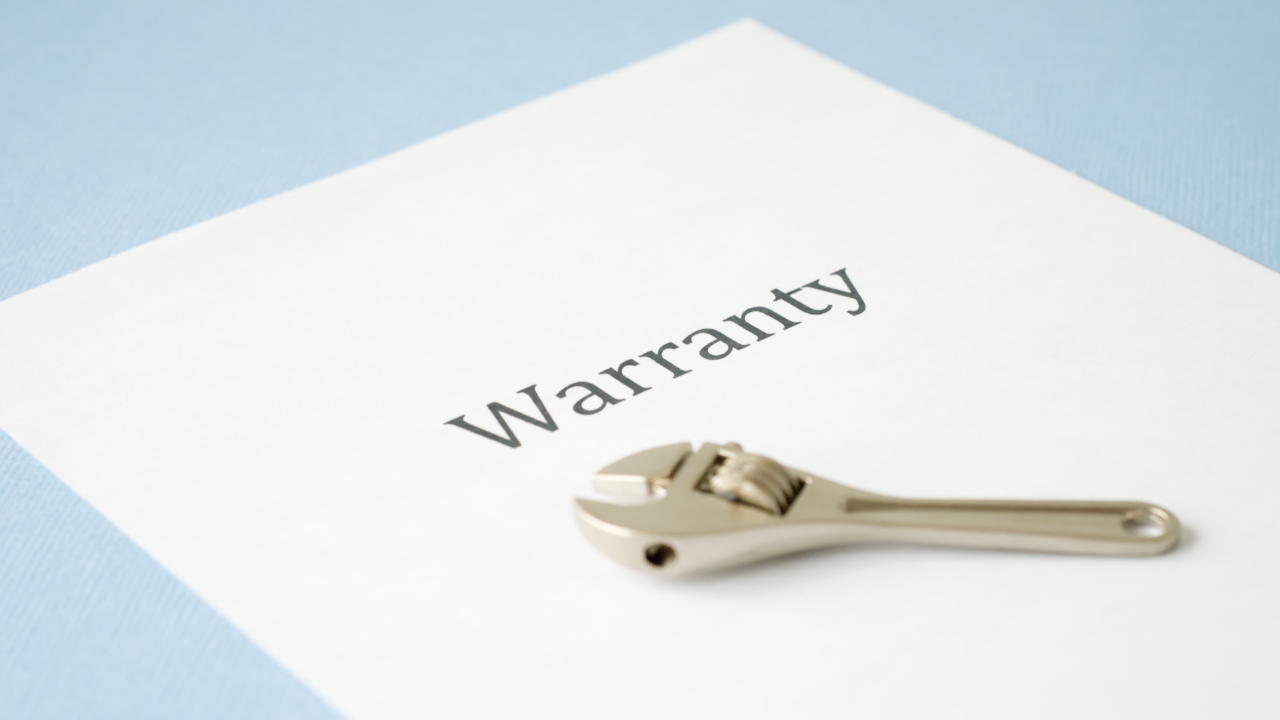Seattle, WA homeowners who schedule a garage door installation expect a solid, weather-ready result. When issues arise during or right after installation, the fix is usually straightforward if you know what to look for. This guide focuses on practical troubleshooting steps you can use for common problems with garage door installation, helping you decide what to handle yourself and when to call a pro.
Top problems during garage door installation
Installations can fail to perform as expected because of site conditions, incorrect parts, or installation shortcuts. Below are the most frequent trouble spots we see in Seattle-area residential service calls.
1. Misaligned tracks or uneven panels
Symptoms: door binds, rubs, or moves unevenly. Tracks out of alignment cause noisy operation and accelerated wear. Check the vertical and horizontal track fasteners — they must be true and securely mounted to the framing. Slight adjustments to the brackets can correct alignment, but major shifts usually require re‑mounting.
2. Tension and spring issues
Symptoms: door is hard to lift, closes too fast, or won’t stay open. Torsion and extension springs store the counterbalance force for safe operation. Improper spring selection or incorrect winding leads to unsafe operation. Never adjust or replace springs without proper tools and training — this is a common reason homeowners call for emergency service.
3. Opener programming and travel limits
Symptoms: door reverses unexpectedly, doesn’t close fully, or the opener runs but the door doesn’t move. Most modern openers require correct limit and force settings after installation. Consult the opener manual and set limits in small increments. If an opener trips safety sensors or shows error codes, refer to the unit’s diagnostics or our detailed repair guides in the blog.
For step-by-step posts on common adjustments, visit our blog for illustrated tips and maintenance checklists.
Step-by-step troubleshooting checklist
Start with the simplest checks and work toward the more technical items. Use this checklist when you notice problems after a new garage door installation in Seattle’s wet climate.
- Visual inspection: look for loose bolts, bent brackets, and damaged weather seals.
- Track alignment: ensure vertical tracks are plumb and horizontal tracks slope slightly toward the back of the garage.
- Rollers and hinges: confirm roll-on-rail operation; replace nylon or sealed bearings if noisy.
- Spring tension: do not attempt to adjust torsion springs unless you have experience — call a professional.
- Opener limits and force: check the opener’s limit screws and force settings; verify remote and wall control response.
- Safety sensors: align photo-eyes at about 6–8 inches above the floor and clear obstructions; check LED indicators.
- Weather and seal checks: Seattle’s rain and salt air can change how seals sit — replace worn bottom seals and check for water pooling that prevents full closure.
Quick fixes you can try
- Tighten loose fasteners on track brackets and opener mounts.
- Lubricate rollers, hinges, and springs with appropriate garage door grease (not WD-40) to reduce noise and friction.
- Reset opener limits if the door stops short or reverses unexpectedly — use small adjustments and test slowly.
- Clear sensor lenses and realign eyes if the opener won’t close the door.
When the problem requires a professional
Some issues are safe for a homeowner to handle; others are hazardous or require specialized tools. In Seattle’s rainy conditions, we see problems accelerate when installations are rushed or components are mismatched.
- Springs and cables: high risk of injury — call a licensed technician.
- Major track repair: if the track is bent near the header or bowed across its length, professional remounting is needed.
- Opener replacement or complex diagnostics: if your opener displays persistent fault codes after basic adjustments, contact service to avoid electrical or safety issues.
If you decide a pro is required, our residential services include inspection, rebalancing, correct parts selection, and code‑compliant installation. Learn more about available options on our services page, and schedule assessments directly through our contact form.
Local considerations: Seattle, WA weather and building rules
Seattle’s wet, variable climate affects both materials and warranties. Salt air in some neighborhoods accelerates corrosion; constant moisture can compress seals. Ask installers about corrosion‑resistant hardware, painted or galvanized tracks, and heavy‑duty weatherstripping.
Permits: many residential garage door replacements do not require permits, but structural changes to the header, rough opening, or framing often do. Confirm with Seattle Building Department if your project changes structural elements, or ask your installer to verify permit needs.
Warranty and parts selection
Confirm the warranty on both the door and opener. Warranties vary by manufacturer and often require professional installation to remain valid. Keep records of part numbers and installation dates in case you need a warranty claim later.
Maintenance tips to prevent post-install problems
Ongoing care reduces the chance you’ll need troubleshooting after installation. A short seasonal checklist keeps the system reliable in Seattle’s climate.
- Inspect seals and bottom weatherstrips for gaps; replace when compressed.
- Lubricate moving parts annually; wipe corrosion off metal surfaces promptly.
- Test balance every six months: disconnect opener and manually lift the door halfway; it should stay put. If not, call for a spring check.
- Test safety sensors monthly and clear debris or condensation from the lens.
For detailed maintenance how-tos and seasonal checks, see our practical guides on the blog.
Following these troubleshooting steps will resolve most common problems after a garage door installation. If you’re unsure or the repair involves springs, cables, or structural work, contact a licensed technician for a safe fix.
Frequently Asked Questions — Seattle, WA
Q: Does Seattle weather affect my new garage door installation?
A: Yes. Rain and humidity can compress seals and accelerate corrosion. Specify rust‑resistant hardware and inspect bottom seals after the first wet season to prevent leaks.
Q: How long does a typical garage door installation take for a single residential door?
A: Most standard replacements take 4–6 hours including opener setup and safety checks. Complex jobs or structural header work add time and may need permits.
Q: What price range should I expect for a full garage door installation in Seattle?
A: For a residential single‑door replacement with a quality sectional door and professional installation, expect a wide range depending on materials: generally several hundred to a few thousand dollars. Request a written estimate that lists parts, labor, and permit costs.
Q: Are permits required for garage door installation in Seattle?
A: Permits are usually not needed for simple replacements that do not alter framing. Structural changes to the header or opening typically require a permit. Check with the Seattle Building Department or ask your installer to confirm.
Q: What warranty should I look for?
A: Look for manufacturer warranties on the door panels and springs, and an installer warranty on workmanship. Warranties often require professional installation to be valid, so keep your installation records.
Helpful local resources in Seattle, WA
- Garage Door Repair Seattle
- Garage Door Repair Bellevue
- Garage Door Repair Redmond
- Garage Door Repair Kirkland
- Garage Door Repair Mercer Island
- Garage Door Repair Edmonds
- Garage Door Repair Issaquah
- Garage Door Repair Tacoma
- Garage Door Repair Everett
- Garage Door Repair Bothell
- Garage Door Repair Sammamish
- Garage Door Repair Renton
- Garage Door Repair Lynnwood
- Garage Door Repair Woodinville
- Garage Door Repair University Place
- Garage Door Repair Gig Harbor
- Garage Door Repair Lakewood
- Garage Door Repair Puyallup
- Garage Door Repair Mukilteo
- Garage Door Repair Vancouver
- Garage Door Repair Kenmore
- Garage Door Repair Burien
- Garage Door Repair Auburn
- Garage Door Repair South Hill
- Garage Door Repair Yarrow Point
- Garage Door Repair Clyde Hill
- Garage Door Repair Port Townsend
- Garage Door Repair Duvall
- Garage Door Repair Snoqualmie



